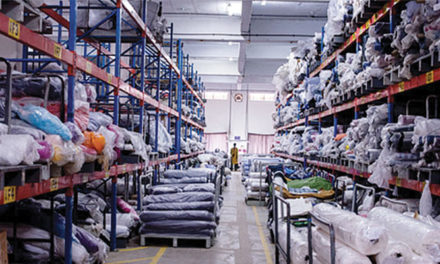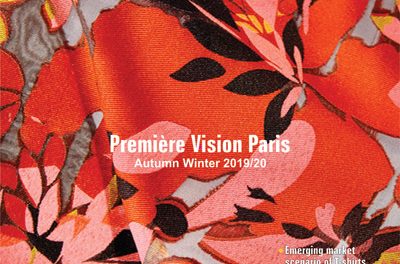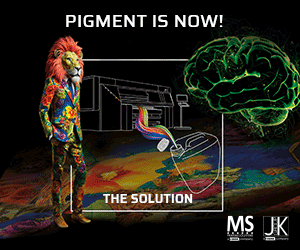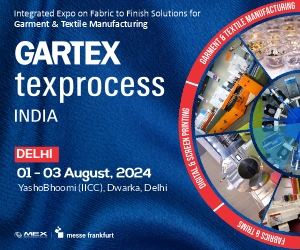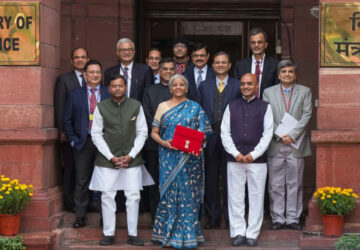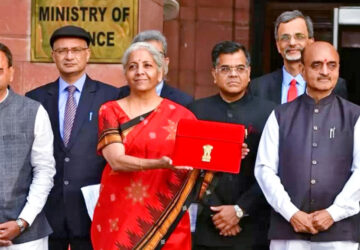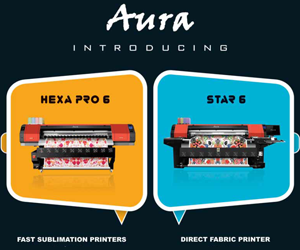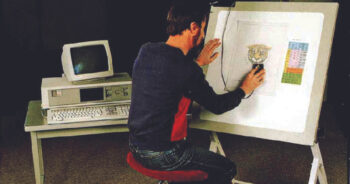 A little history
A little history
I have been working in the embroidery industry since 1985. That time the embroidery SOFTWARE industry was about ten years old. Before Wilcom, there were semi automatic computerized systems, where one could digitize a shape and the paper tape was punched, but the designer could not see the stitches, until the tape was running on the embroidery machine. When Wilcom introduced the first GRAPHICS digitising software in 1980, the designer’s productivity increased by 15-20 times. The first systems were simple: manual stitch, run/ triple run stitch, satin and tatami stitch, plus “program stitch”, which today we call “motif run”. But almost the same methods existed as today. With these, any shape could be digitised. The 1985-2000 period was the time when most new stitch types and automation was introduced and by the end of the 1990s people started to ask: what more can we develop? It seemed that everything was developed what the industry needed.
The embroidery Machine industry started a hundred years earlier in the late 19th Century. First, the Schiffli looms flooded the European and USA markets then the Multihead machine appeared in the mid-1930s. The machines had no electronic controllers therefore the DESIGNER had to program machine commands into the design, for example if the machine had to jump from one stitched area to another, the designer had to insert SLOW command well before the jump stitches came otherwise the machine frame could have been broken. Then after the jumps, a FAST command had to be inserted to get the machine again stitching with high speed. And so on. Designing meant not only making stitches but also controlling the functions on the machine.
With the development of computerized machine controllers from the mid-1980s, the designers’ job became easier and the embroidery quality improved, for example modern machines automatically slow down on longer stitches therefore maintaining the thread tensions and making the pull of the thread more even. And so became the job of software developers easier because the machines became smarter. Again, the question came: what else can we develop for the market?
Those who follow the evolution of the embroidery technology understand that many new features were developed in the past few decades, in spite of having done “EVERYTHING” by the end of the 1990s. The improvements happened in two main areas: providing support for new machine functions and developing new features, that either add creative stitching to the software or improve productivity by easier methods.
One of the areas where machines developed is the “fashion embroidery” or we can also call it the “mass production of traditional garments originally made by hand”. Here the focus was on adding devices to the embroidery machine that can add EMBELLISHMENT that people used to do manually. These are: sequins (spangle), cording, taping, chenille, rhinestones, applique.
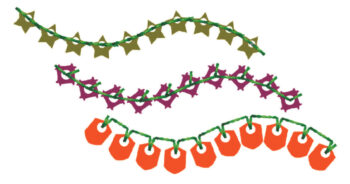 Let’s just focus on sequins. In the past two years there has been a fast increase of imports of multi-sequin embroidery machines and also importation of multi-sequin devices to retrofit existing embroidery machines. Schilffli machine users are familiar with the word “spangle”, this is German for sequin and for many decades Schiffli machines had “spangle” attachments. The spangle was a circle, always 7 mm in diameter and the needle hole in the centre. Only when Multihead machines started have sequin attachments, the market demanded different size sequins and eventually the shape changed to oval, square, star, etc. shapes, as the sequin cutting devices also developed. And eventually the needle hole moved from the centre and we had the “flip sequin” which was fixed to the garment only on one side. The design software had to follow all these machine developments, to allow the designers to digitize needle penetrations and stitches for such sequins but also to DISPLAY such sequins correctly on screen.
Let’s just focus on sequins. In the past two years there has been a fast increase of imports of multi-sequin embroidery machines and also importation of multi-sequin devices to retrofit existing embroidery machines. Schilffli machine users are familiar with the word “spangle”, this is German for sequin and for many decades Schiffli machines had “spangle” attachments. The spangle was a circle, always 7 mm in diameter and the needle hole in the centre. Only when Multihead machines started have sequin attachments, the market demanded different size sequins and eventually the shape changed to oval, square, star, etc. shapes, as the sequin cutting devices also developed. And eventually the needle hole moved from the centre and we had the “flip sequin” which was fixed to the garment only on one side. The design software had to follow all these machine developments, to allow the designers to digitize needle penetrations and stitches for such sequins but also to DISPLAY such sequins correctly on screen.
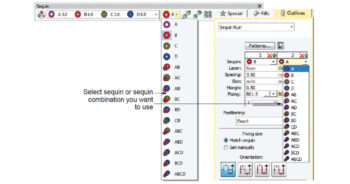 Today people want to use 6-8 sequins in the same design. Software developers therefore need to ensure that these new machine functions are supported in their software.
Today people want to use 6-8 sequins in the same design. Software developers therefore need to ensure that these new machine functions are supported in their software.
The second area is adding more creativity tools to the designers. The Wilcom Maze Fill feature is a very adequate example integrating Creativity (it gives visually impressive result), Productivity (the designer can create amazing embroidery in seconds) and technology (Maze Fill is perfect for cording because the stitchlines never cross each other nor jump).
Another interesting trend is that designers, even though they make “perfect 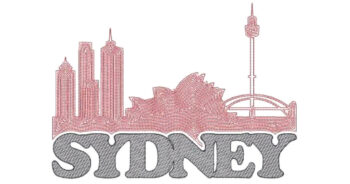 embroidery” on embroidery machines, would like to bring back the “touch and feel” of the traditional manual embroidery. For this Wilcom introduced the Hand Stitch where the designer can create some “imperfection” in the design, therefore giving it some traditional feel.
embroidery” on embroidery machines, would like to bring back the “touch and feel” of the traditional manual embroidery. For this Wilcom introduced the Hand Stitch where the designer can create some “imperfection” in the design, therefore giving it some traditional feel.
The future is open in both areas: more support for new machine tools and more creativity, productivity for the designers. And of course with the online world, communication tools between customers and suppliers also develop very fast.


